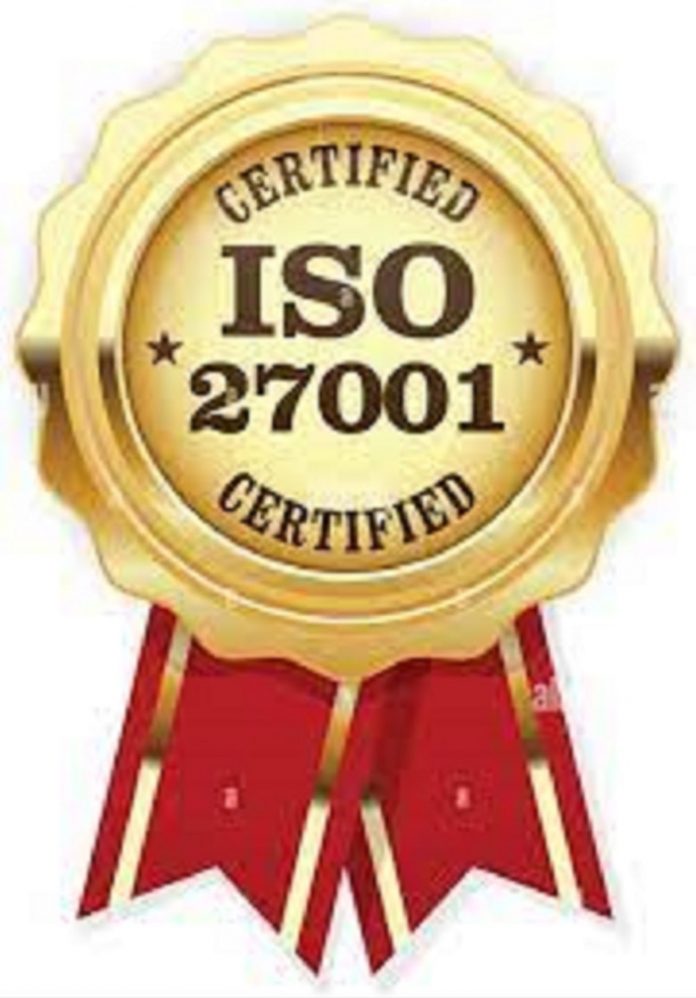The International Organisation for Standardisation (ISO), sometimes known as the ISO, is a multinational organisation that establishes quality standards for many goods. With the introduction of the internet and digital technologies, the International Organisation for Standardisation (ISO) has a greater focus on standardising these disciplines. Thus, the ISO 27001 certification was developed to offer a framework for an organisation’s information security management system (ISMS) and to analyse the organisation’s overall information security posture. It comprises a checklist to verify how the data is processed, regulated, and utilised and all of the rules in place to dictate its use and dissemination.
Standards that must be met to get ISO 27001 certification
A company’s engagement in ISO certification involves the participation of both internal and external stakeholders for the certification to be granted. It may take many years to achieve since it is not a simple checklist that can be checked off for approval. Before seeking certification, the firm must verify that its information security management system (ISMS) is fully equipped with its controls and covers all of the risk elements associated with the technology in question. The ISO 27001 standards are split and organised into 12 parts, shown below.
- The first section describes the concept of information security in the firm and why it is essential to control its risks.
- A scope that includes the most critical needs for an ISMS in an organisation.
- There are normative references that describe the connection and differences between ISO 27000 and ISO 27001.
- Definitions and phrases in the standard define complex terminology used in the ISO standard.
- Involvement of the organisation, which specifies which stakeholders must be included in the maintenance and decision-making processes of the information security management system
- Leadership, in which it is explained how the management and the heads of departments within the organisation must dedicate themselves to the policies of the ISMS.
- Risk management measures are taken into consideration throughout the planning process.
- Informational support detailing the duties and means for raising knowledge regarding information security.
- Operation describing how the execution of the audit standards must be handled and recorded following the requirements.
- Performance assessment includes criteria for measuring and monitoring the ISMS’s overall performance and effectiveness.
- Improvements to the process through which the ISMS may be updated and developed in the future.
- Control goals that give an extension clarifying all of the audit’s aspects are referred to as reference control objectives.
Audit Controls following ISO 27001
Audit controls are a set of controls documented by the certification audits throughout their compliance inspections. This is divided into 14 controls, detailed in the next section.
- The definition of access rights inside an organisation and their maintenance are provided.
- Asset Management: providing information on how the ISMS maintains track of databases, software, and hardware.
- Communications Security: This refers to the security of communication networks inside and outside the organisation, such as emails and conference calls, and the network’s security.
- Compliance: This section describes the industry or government rules for the organisation in question.
- Cryptography: this section describes the encryption procedures that the organisation uses.
- Employee onboarding and offboarding cybersecurity protocols are defined in the Human Resource Security section of the document.
- Information Security Aspects of Business Continuity Management: This section discusses the procedures that must be followed in the event of a business interruption.
- Information Security Incident Management: This section outlines the processes used to address security breaches and unusual situations in the information security domain.
- The policies for information security are established and evaluated regularly.
- Data flow, collection and storage are all addressed in Operations Security.
- The organisation of Information Security- with well-defined charts and top-priority duties allocated based on roles, is clearly defined.
- Security of the Physical and Environmental Environment: This section describes the physical and environmental security measures to safeguard the resources and equipment.
- Supplier Relationships describes the security standards that must be followed while dealing with third-party clients or consumers.
- Information about installation of the new systems to the environment and their security, System Acquisition, Development, and Maintenance (SAD&M).

